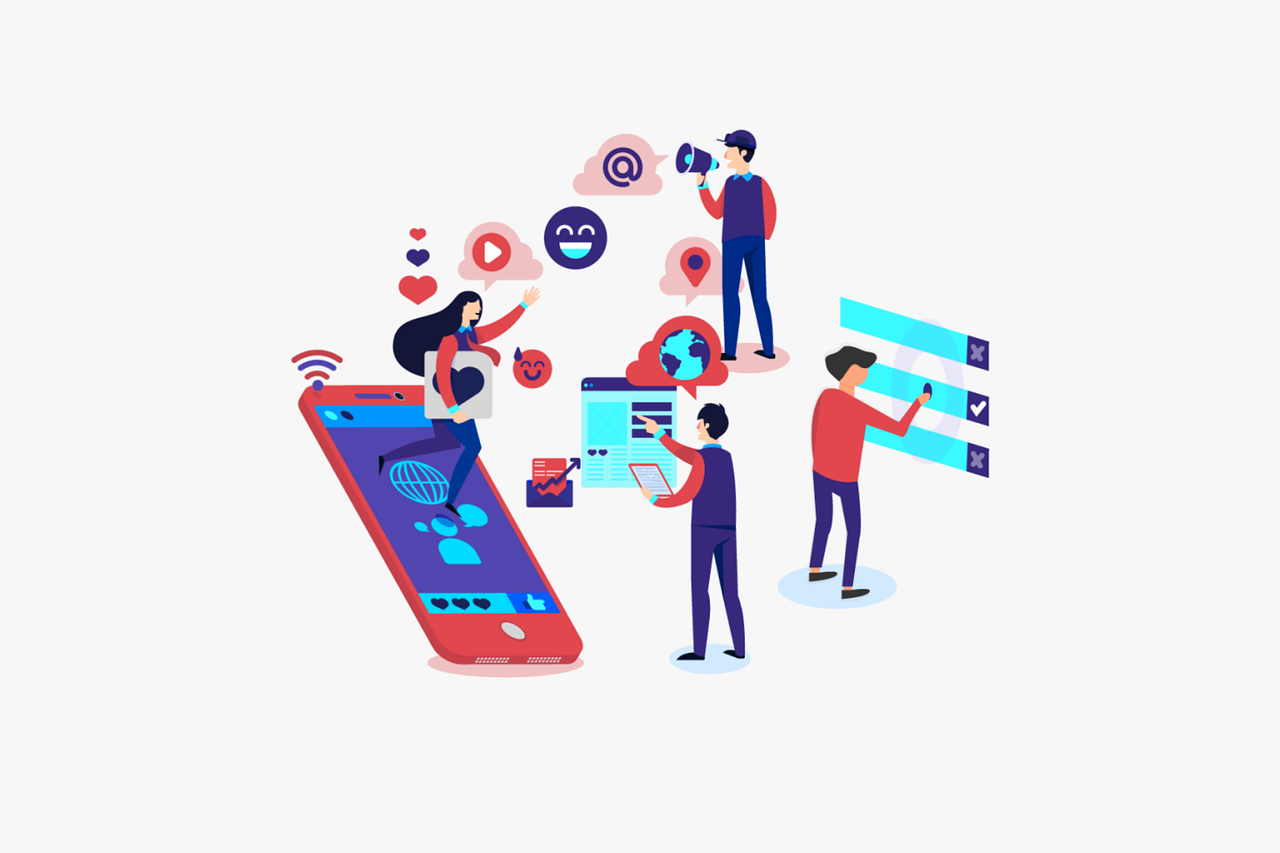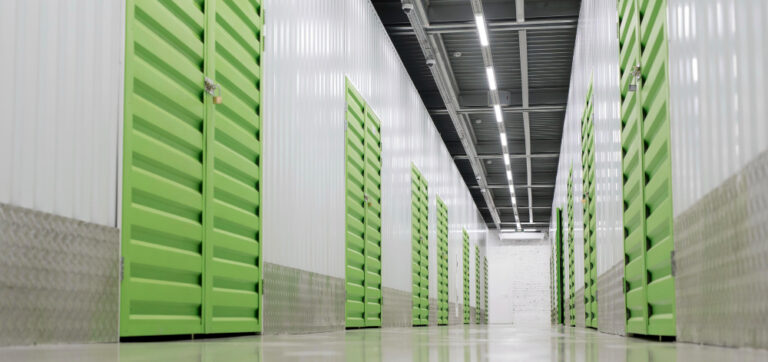The difference between online and offline marketing are a significant topic when discussing business development today. Marketing plays a key role in attracting customers and increasing sales in the business industry. Currently, marketing methods have evolved from traditional to digital. So, what are the main differences between online and offline marketing?
This article will delve into both types of marketing and how they can be effectively utilized. At the end, we’ll explore how self-storage services like SpaceHub can support your marketing needs.
Definitions of Online and Offline Marketing
Online marketing refers to marketing strategies that use the internet as the primary medium. This includes methods such as social media advertising, email marketing, SEO, and data-driven campaigns. All activities are conducted digitally.
In contrast, offline marketing uses traditional channels to reach customers, such as television ads, radio spots, brochures, billboards, and event marketing. Direct interaction with customers is often a hallmark of this approach.
The Difference Between Online and Offline Marketing
Audience Reach
Audience reach is a key difference between online and offline marketing. The two mediums cater to different audience tendencies.
- Online Marketing: It can reach a global audience at a lower cost. For instance, a social media campaign can attract users from various countries without requiring physical offices in every location.
- Offline Marketing: It is generally more limited to a local audience, though it can have a significant impact in specific areas. Physical locations, such as stores or offices, are often the center of marketing activities.
Cost and Budget
Costs and budget are another major factor in determining the most suitable marketing method for your business.
- Online Marketing: Relatively cost-effective as it offers high flexibility in controlling budgets. Digital advertising platforms like Google Ads or Facebook Ads can be tailored to specific needs.
- Offline Marketing: Requires a larger budget, especially for the production and distribution of materials such as printed brochures, TV ads, or event organization.
Measurement and Analytics
Analytics ensure that marketing decisions are based on facts and data, reducing risks and increasing the chances of success.
- Online Marketing: Offers ease in measuring effectiveness through analytics. Metrics like clicks, impressions, conversions, and ROI can be tracked in real-time.
- Offline Marketing: Harder to measure accurately. Campaign results are usually estimated through surveys or time-consuming studies.
Customer Interaction
Customer interaction is a crucial element in marketing, as it plays an important role in building relationships, trust, and loyalty.
- Online Marketing: Interactions are often virtual, such as via email, social media, or chatbots. While quick, they may feel less personal.
- Offline Marketing: Offers more personal face-to-face interactions, such as during events or in-store promotions, fostering deeper relationships with customers.
Campaign Speed and Flexibility
The speed and flexibility of campaigns are essential for businesses to remain relevant and competitive in a dynamic market.
- Online Marketing: Highly fast and flexible. Campaigns can be launched or stopped anytime. Strategies can be adjusted instantly using data from platforms like Instagram.
- Offline Marketing: Requires more time to plan and execute campaigns. Corrections can be time-consuming and costly.
Creativity in Message Delivery
Creativity is essential in marketing to capture attention, stand out from competitors, and create an emotional connection with customers.
- Online Marketing: Allows for various creative formats like videos, infographics, articles, and interactive content. These formats can be customized to audience preferences.
- Offline Marketing: More limited to formats such as print, billboards, or TV ads. However, these formats often have significant visual impact and are hard to ignore.
Targeting and Personalization
Targeting and personalization are key in marketing, enabling businesses to reach the right audience with relevant, tailored messages.
- Online Marketing: Allows highly specific targeting based on demographics, behavior, location, and interests. Personalization of messages is also easy to achieve.
- Offline Marketing: Targeting is more challenging as its audience reach is broader and less specific. Messages are often designed to appeal to a general audience.
Challenges in Online and Offline Marketing
Both online and offline marketing have their advantages but also face unique challenges. Combining the two is often necessary for optimal results. Below are some of the challenges faced in each approach:
Challenges in Online Marketing
High Competition
The increasing shift of businesses to online marketing has led to intense competition, making it harder to stand out amidst abundant content.
Algorithm Changes
Platforms like Google, Instagram, and Facebook frequently update their algorithms, affecting organic reach and campaign effectiveness.
Dependence on Technology
Online marketing heavily relies on technology. Technical disruptions, such as slow websites or server downtime, can hinder campaigns.
Data Privacy and Security
Regulations like GDPR and local data protection laws require careful handling of customer data, posing challenges for businesses.
Difficulty in Building Personal Connections
Digital communication often lacks the personal touch of face-to-face interaction, making it harder to build emotional connections with customers.
Challenges in Offline Marketing
Limited Reach
Offline marketing is often restricted to specific geographic areas, making it harder to reach a wider audience.
High Costs
Offline methods, such as TV, radio, or print ads, often require significant investment, especially for large-scale campaigns.
Difficulty in Measuring Effectiveness
It is harder to measure the impact of offline marketing compared to online, as not all interactions can be tracked.
Lack of Flexibility
Materials like brochures or billboards are difficult to update if there are changes in information or strategy.
Challenges in Targeting Specific Audiences
Offline marketing often targets a broader audience, making it harder to deliver personalized messages.
Which one is Better?
The answer depends on your goals and audience. If you aim to reach a broader market with a limited budget, online marketing is the right choice. However, if you want to build personal relationships with customers or target local markets, offline marketing could be the solution.
Both online and offline marketing have their strengths and weaknesses. Integrating the two is often the best strategy to reach a wider audience and create maximum impact. Regardless of the method, self-storage services like SpaceHub can be a reliable partner to support your logistical and storage needs.

Ready to enhance your marketing strategy? Make wise decisions and leverage SpaceHub services to support your business toward success.
Currently, SpaceHub operates in areas such as MH Thamrin, Bendungan Hilir, Gajah Mada, and Daan Mogot. Find your nearest storage unit at SpaceHub branches and visit their website for more information.





